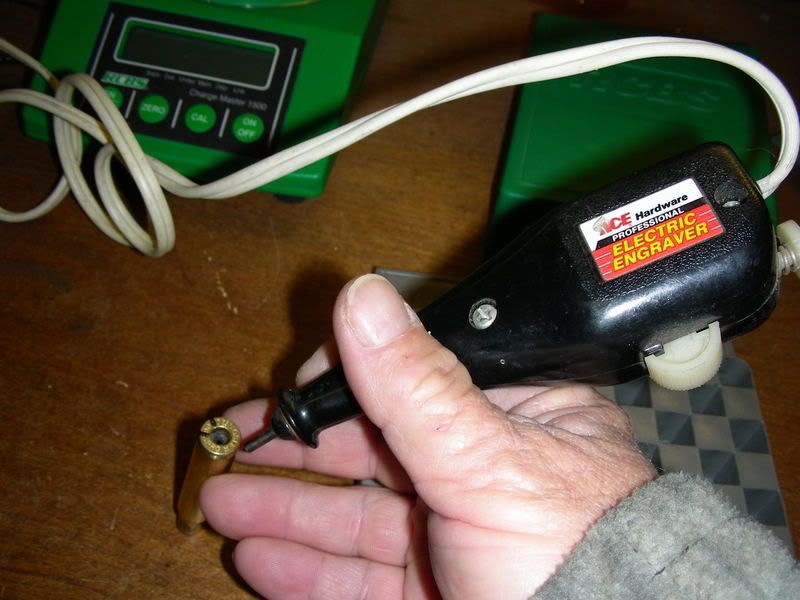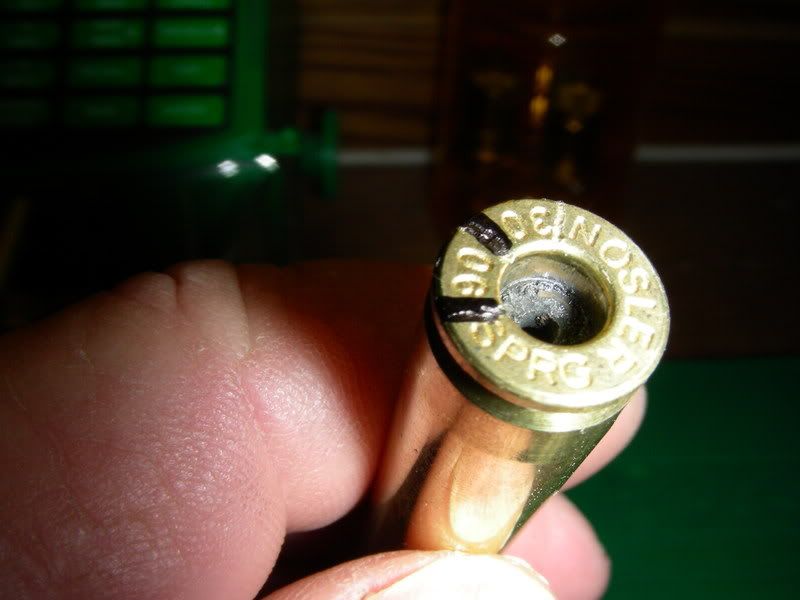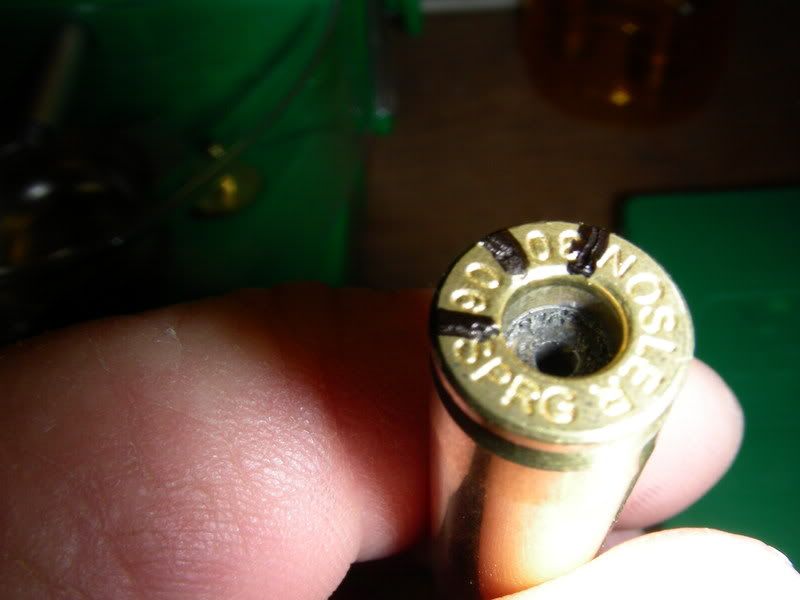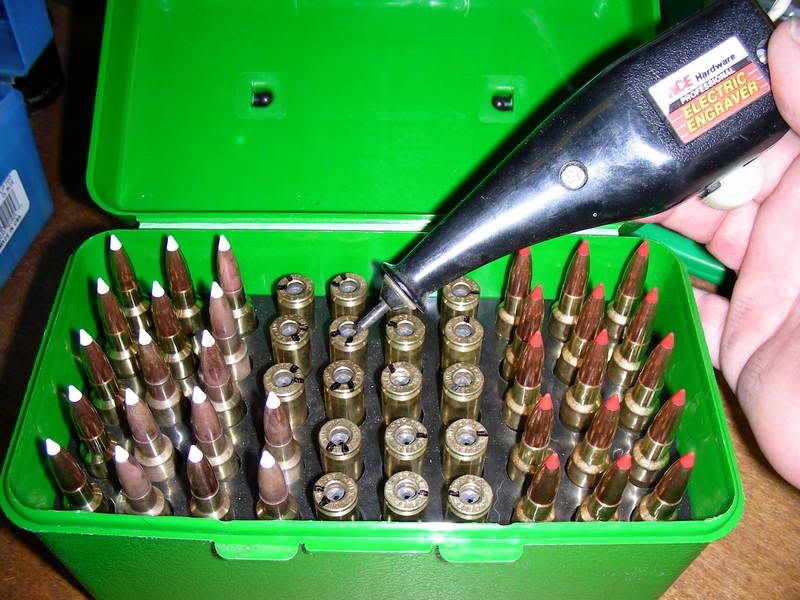wisconsinteacher
Handloader
- Dec 2, 2010
- 1,980
- 293
Are you aware of how many times you use brass and do you keep it separated from different groups? Up until now, I have always sized the brass and separated it by make and have never worried about the number of times fired. Should I be doing that as common practice or is that over kill?








